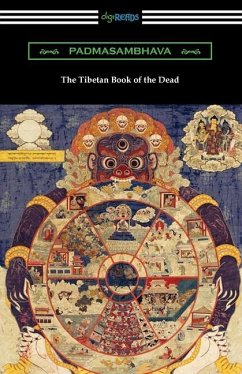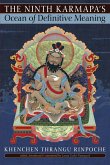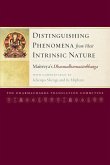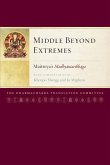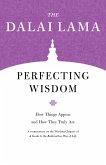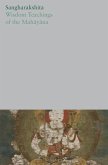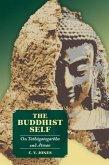The best-known work of Nyingma literature, the oldest of the four major schools of Tibetan Buddhism, the "Bardo Thodol", or "The Tibetan Book of the Dead" is the work of Tibetan Buddhist spiritualism first revealed by Karma Lingpa in the 14th century. "The Tibetan Book of the Dead" is part of a larger corpus of texts called the "Profound Dharma of Self-Liberation through the Intention of the Peaceful and Wrathful Ones" which is believed to have been composed by Padmasambhava in the 8th century and written down by his student Yeshe Tsogyal. Intended as a work to help guide the spirit in the afterlife from death to the next rebirth, "The Tibetan Book of the Dead" describes the experiences that the consciousness will have after death. The work also includes descriptions of the signs of death and the rituals that one must undertake to prepare for the journey following one's death. This volume presents the English translation of Walter Evans-Wentz first published in 1927 which helped to popularize the work in the West. This edition is printed on premium acid-free paper.
Hinweis: Dieser Artikel kann nur an eine deutsche Lieferadresse ausgeliefert werden.
Hinweis: Dieser Artikel kann nur an eine deutsche Lieferadresse ausgeliefert werden.

